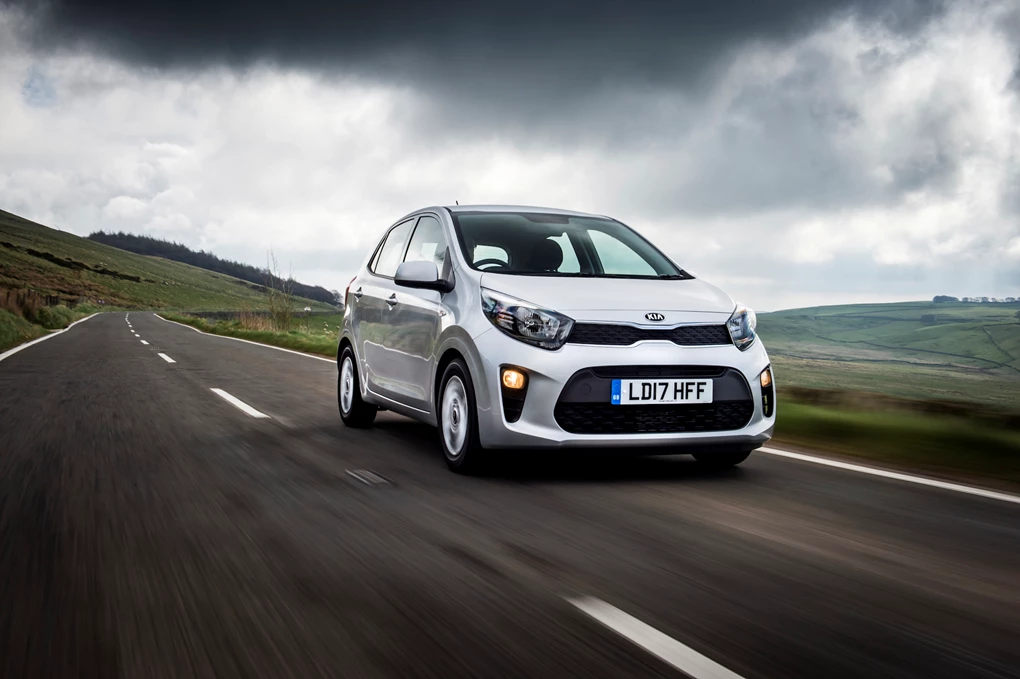What is a warranty?
All new cars sold in the UK come with a new car warranty, which lasts a minimum of 12 months from the date of first registration.
How long does a typical car warranty last?
Most new car warranties last at least three years or 60,000 miles, which is very much an industry standard, though many allow a larger mileage (around 100,000 miles). Renault beats most with four years’ cover, while some manufacturers, such as Hyundai, Subaru and Toyota offer a five-year warranty, as does relative newcomer Ssangyong.
The best new car warranty in the UK is Kia, at seven years or 100,000 miles, though this doesn’t cover items that could realistically be expected to wear out in that time, such as the battery or the clutch.
At the end of the warranty period, you can buy an ‘extended warranty’ from a third-party provider, which is effectively a form of insurance against a major breakdown while you own the car. Much like life insurance, the cost of cover increases as the car gets older.
What does a car warranty cover?
This depends entirely on the warranty. Most manufacturer warranties are fairly comprehensive, but they don’t cover general wear and tear items such as tyres, bulbs and brake pads, which could reasonably be expected to wear out within the standard warranty period. You may also run into trouble with items such as gearboxes and clutches – if the car has been used inappropriately or unreasonably – for example, to do burnouts or track days, it’s unlikely that the warranty will cover it. Likewise, if the car has been modified in any way, including chips or performance upgrades.
Extended and aftermarket warranties are a little bit more of a minefield – they vary wildly in price and also in consistency. Some will cover only the main powertrain of the car, so items such as electrical systems and starter motors, for example, won’t be included, nor will suspension, steering or brake parts.

Different types of car warranties
There are essentially two types of warranty. A powertrain warranty, which covers the engine, gearbox, driveshafts and ‘non-frictional’ brake and clutch parts (such as wheel hubs, calipers, pedal mechanisms), and a bumper-to-bumper warranty.
As its name suggests, a bumper-to-bumper warranty covers pretty much the whole car, from one end to the other, and this is what you get from most manufacturer-backed schemes.
There is also a third type of ‘warranty’, which is more specifically a form of mechanical breakdown insurance. These are policies targeted at owners of cars that are outside of their standard warranty period and tend to be more comprehensive than even a manufacturer warranty, even going as far as to cover ‘wear and tear’ items such as brake pads and exhausts, though the monthly premiums often add up to more than the average annual cost of repair. Nevertheless, from a budgeting perspective they do at least offer a fixed-price option, which people prefer.
In all cases, look for a package that is backed by the Financial Services Authority (FSA), as this means the product will be regulated to ensure it is fair.
Do I need a car warranty?
With a new car, you should automatically get one, and the companies that offer the longest warranties tend to be targeting their cars at private retail customers who tend to keep their cars the longest. It’s certainly a factor for some people, as a fixed monthly motoring costs makes it much easier to budget for other things in life.
Be careful if you buy nearly new, though, as some schemes where cars have been sold with five years’ or more warranty in the past (Vauxhall being a notable example) have contained a clause where the cover isn’t passed on to the next owner. Similarly, some longer warranties were only offered to private buyers, and if a car’s first owner was a fleet or rental company, it may not have the same level of cover.

What is an extended warranty?
Quite often, towards the end of a manufacturer warranty period, the car dealer will offer you the chance to buy an extended warranty.
This will often be manufacturer branded, and will also be offered on the dealer’s used forecourt stock as an ‘Approved Used Warranty’. However, it is unlikely to offer the same terms as the cover originally supplied when the car was new. Indeed, it may not offer much more than a powertrain warranty, or it could be a more comprehensive mechanical breakdown insurance package, in which case you need to study the small print carefully.
Do I need an extended warranty?
Technically, no. Assuming you have decent breakdown cover, you’re always going to get where you’re going, and often the cost of repairing your car on the rare occasions it will break down will be less than you’ve paid out for in warranty cover.
But for many, the peace of mind of a warranty along with the fixed monthly budget is much more important, in which case a comprehensive mechanical breakdown package makes every bit of sense.
If that’s the case, then these are the main terms you need to look for:
Insurance backed – this means the warranty cover is provided by and paid for by a regulated insurance company.
Regulated by the FSA – the provider is a member of the Financial Service Authority.
Day One cover – the policy is active from the minute you drive the car off the forecourt.
Insured components – there should be a comprehensive list of which car parts are and aren’t covered.
Consequential damage clause – ensure the warranty covers all damage caused and not just the failed component. For example, if ‘consequential damage’ isn’t included and your cambelt fails, the cover will pay up the £50 or so for a new cambelt, but not the engine that got destroyed when it broke…
Transferable – meaning you can transfer the warranty to a new owner, or sometimes to a different car if you choose to change.
Wear and tear – some insurance-backed policies cover wear and tear items as well. Compare the small print when shopping around, as the cheapest policy may not be the best.




